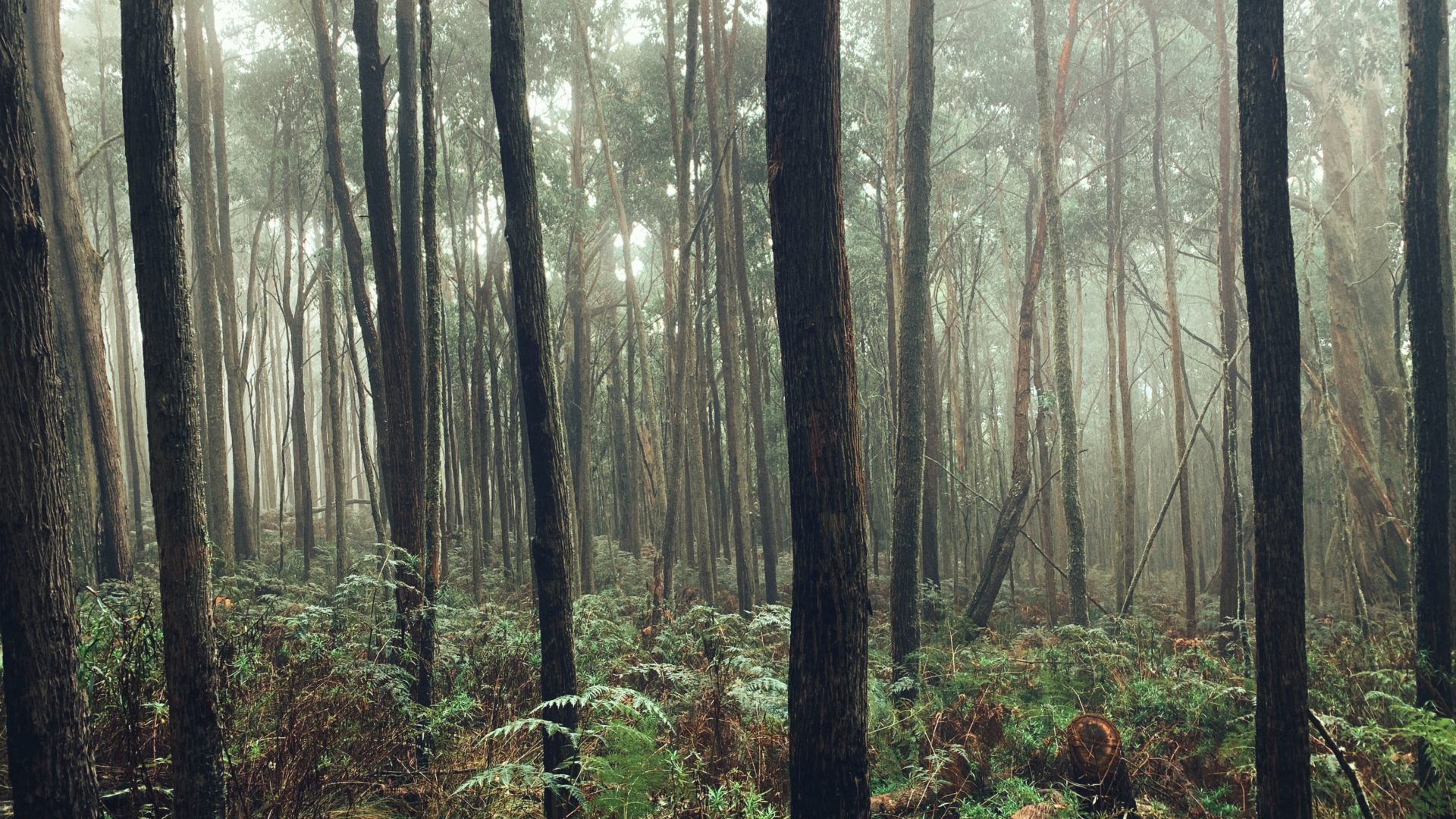
Woodlands in all their forms are much in the news at the moment, mostly because of climate change. As is well-documented, they are an excellent carbon sink. The timber laid down over decades of growth acts as a store for the carbon that the trees remove from the atmosphere by photosynthesis. What is perhaps less well known is that some research now points to both warm and cool temperate forests being a better carbon sink than tropical forest (1), particularly considering the biomass below the surface, which is greater in temperate than tropical forests.
Planting woodlands in the UK has long been a political issue, deeply linked to the operations of the state and crown. Many of the large forests in the UK (such as the New Forest) were originally planted as hunting grounds. Later, widespread planting of Oak woodland was instigated to give a secure source of timber for the building of naval ships. However, by the early twentieth century, deforestation in favour of agriculture had left the UK’s woodlands in a perilous state, exacerbated by the demand for timber during the 1914-18 war. By 1919 (when the Forestry Commission was established), the coverage of woodland in the UK was down to only 5%, much less than our European counterparts. Today, it stands at 13% (9.7% for England) (2), but still significantly lower than the EU country average of 37% (3). Recent calls for planting more woodland as a carbon sink are well-founded, although it will be years before they can really start to have an impact. Protection of existing woodland is a more important policy objective in the short term. Or perhaps I should say protection of existing trees, as single trees are much more liable to casual felling than blocks of woodland, especially in urban areas. Pressure on trees from underground services, development or just the sense that they are inconvenient and ‘in the way’ can lead to their demise. Added to this is the very real pressure that trees are under from new pests and diseases, pollution, climate change, and urban drought.
The cultural history of woodlands is fascinating. In both traditional and contemporary fiction, forests are places of magic and redemption (A Midsummer Night’s Dream), sometimes as a retreat and for recuperation (Snow White, Robin Hood). But they are also seen as places of fear and danger (Red Riding Hood, Hansel & Gretel, or Hollywood’s ‘Deliverance’ and ‘Blair Witch Project’). This two-sided relationship that we have with woodlands is analogous to our broader relationship with the natural world. We have both an idyllic, idealised view at the same time as being fearful of nature, and thinking of it as ‘other’ to ourselves.
There is significant research around the phenomenon of ‘biophilia’ and its benefits. Dr Ken Thompson of Sheffield University has written widely on this. Put simply, being in a natural environment (particularly one with trees) brings mental and physical health benefits. One more reason to plant trees, especially in urban areas.
Great work is being done by several organisations, including the Woodland Trust, the excellent Trees in Design Action Group (TDAG) and others. Treeconomics has done some interesting work looking at the percentage of tree cover in urban areas as well as the economic value of trees. But there is much more still to do. We should all resist the felling of trees where it’s not necessary, suggest planting of forest trees over ornamentals and generally work to educate our clients as to the specific, as well as broader benefits of trees.
[This piece was originally published as an article in the Garden Design Journal in November 2019 as part of the ‘Just Saying’ series.]
1. Heather Keith, Brendan G. Mackey, and David B. Lindenmayer. Re-evaluation of forest biomass carbon stocks and lessons from the world’s most carbon-dense forests. PNAS July 14, 2009 vol. 106 no. 28 (Sampling and reviewing published data from nearly 100 forest sites around the world)
2. Forest research UK ‘Provisional Woodland Statistics: 2019 Edition’ June 2019
3. Woodland Trust ‘The State of the UK’s Forests, Woods and Trees Perspectives from the sector’ (Woodland Trust, 2011)